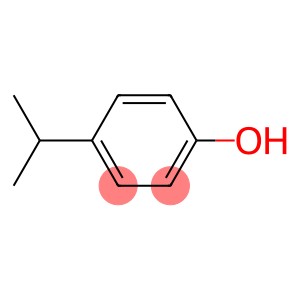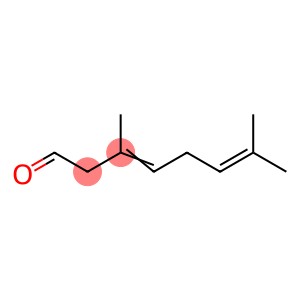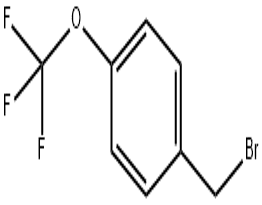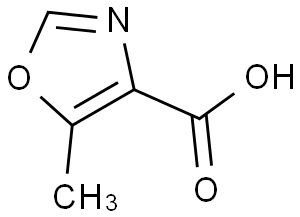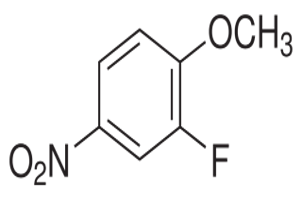4-Isopropylphenol(CAS#99-89-8)
| Hazard Symbols | C – Corrosive |
| Risk Codes | R22 – Harmful if swallowed R34 – Causes burns R43 – May cause sensitization by skin contact R52/53 – Harmful to aquatic organisms, may cause long-term adverse effects in the aquatic environment. |
| Safety Description | S26 – In case of contact with eyes, rinse immediately with plenty of water and seek medical advice. S36/37/39 – Wear suitable protective clothing, gloves and eye/face protection. S45 – In case of accident or if you feel unwell, seek medical advice immediately (show the label whenever possible.) S61 – Avoid release to the environment. Refer to special instructions / safety data sheets. |
| UN IDs | UN 2430 8/PG 3 |
| WGK Germany | 2 |
| RTECS | SL5950000 |
| TSCA | Yes |
| HS Code | 29071900 |
| Hazard Note | Corrosive/Harmful |
| Hazard Class | 8 |
| Packing Group | III |
Introduction
4-Isopropylphenol.
Quality:
Appearance: Colorless or yellowish crystalline solid.
Smell: Has a special aromatic smell.
Solubility: soluble in ether and alcohol, slightly soluble in water.
Use:
Chemical experiments: used as solvents and intermediates in the synthesis of organic compounds.
Method:
4-Isopropylphenol can be prepared by the following two methods:
Isopropylphenyl acetone alcohol reduction method: 4-isopropylphenol is obtained by reducing isopropylphenyl acetone alcohol with hydrogen in the presence of a catalyst.
Polycondensation method of n-octyl phenol: 4-isopropylphenol is obtained by polycondensation reaction of n-octyl phenol and formaldehyde under acidic conditions, and then followed by subsequent treatment.
Safety Information:
4-Isopropylphenol is irritating and may have an irritating effect on the eyes, skin, and respiratory system, and should be avoided.
During use, care should be taken to avoid inhaling its dust or vapors, and appropriate protective equipment should be worn to ensure good ventilation.
When storing and handling, contact with oxidants and strong acids should be avoided, and at the same time, away from ignition and high temperature environments.
In case of accidental contact or accidental ingestion, seek medical attention immediately. If possible, bring the product container or label to the hospital for identification.
Follow the relevant safety operating procedures when using or handling this chemical.


